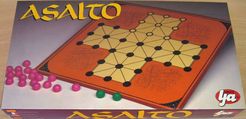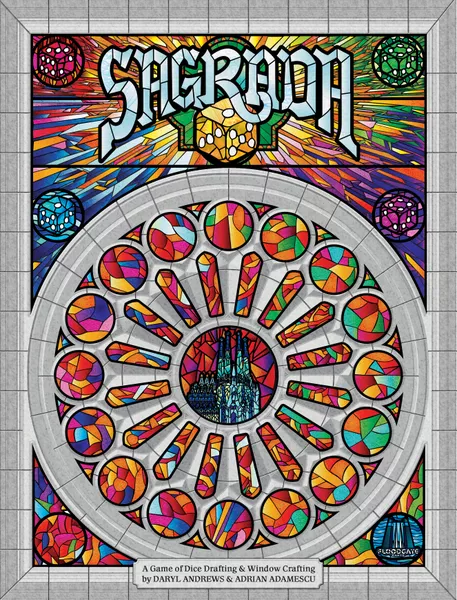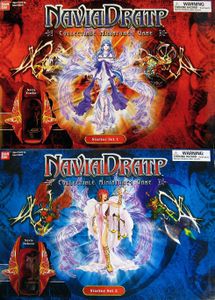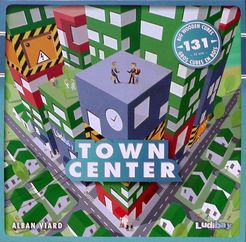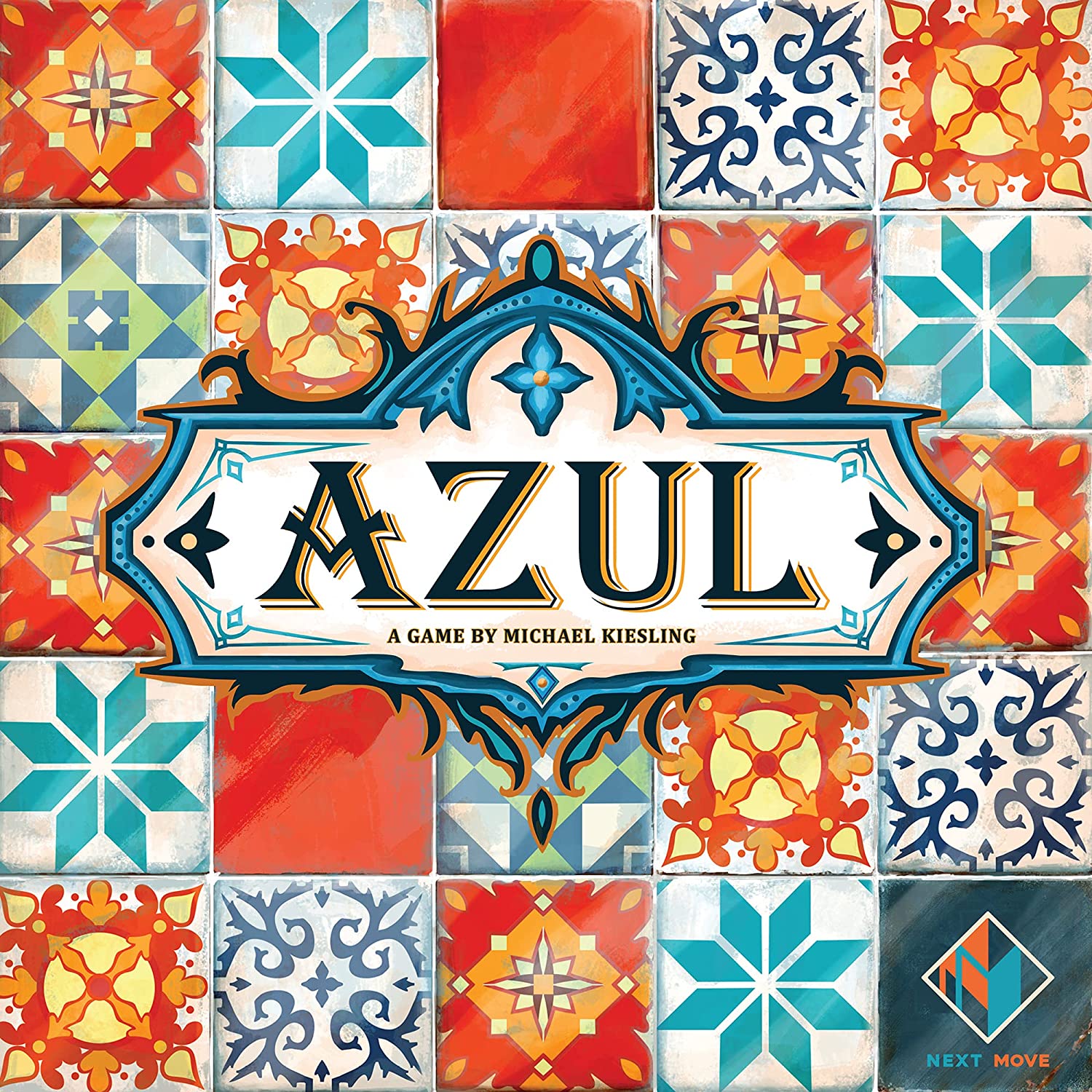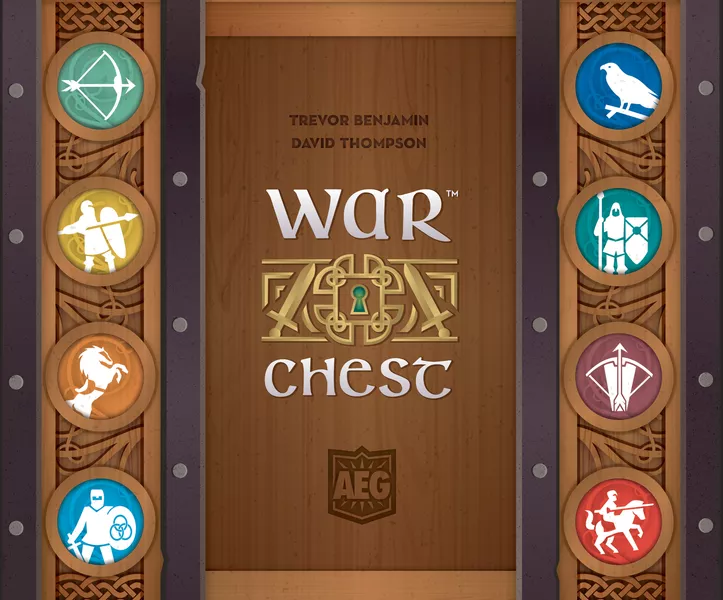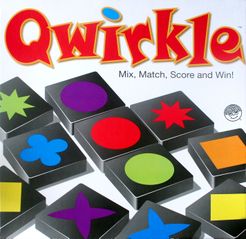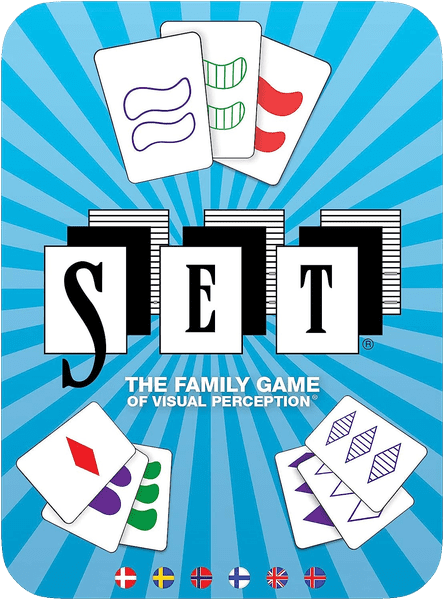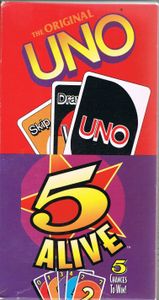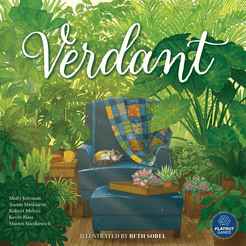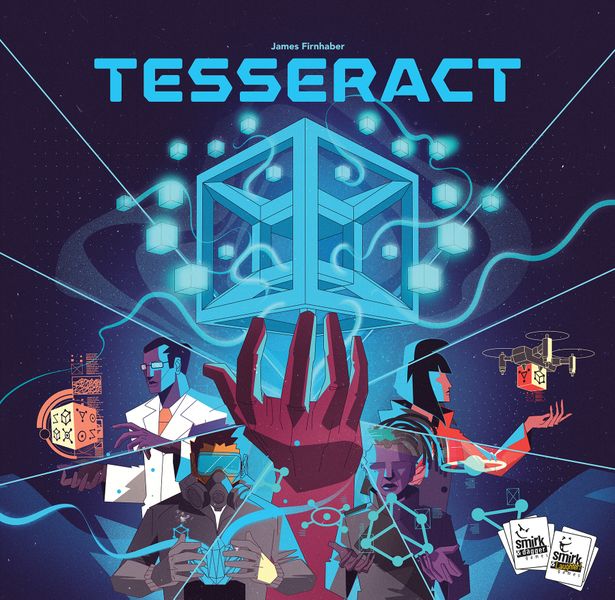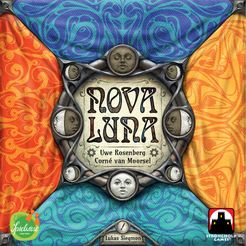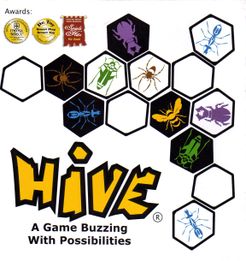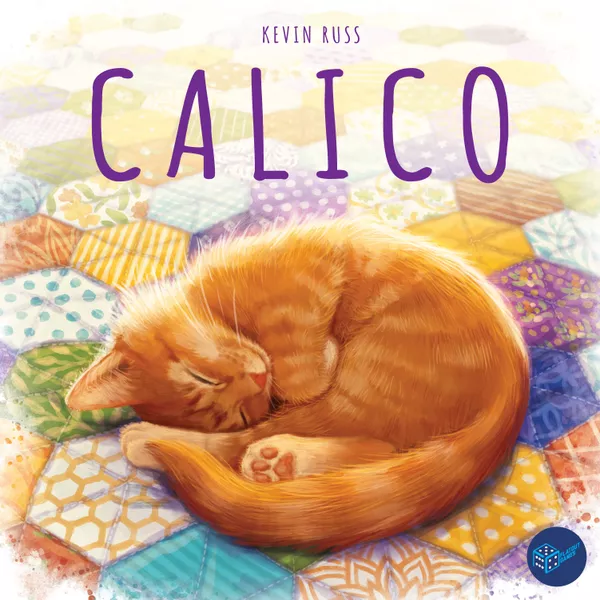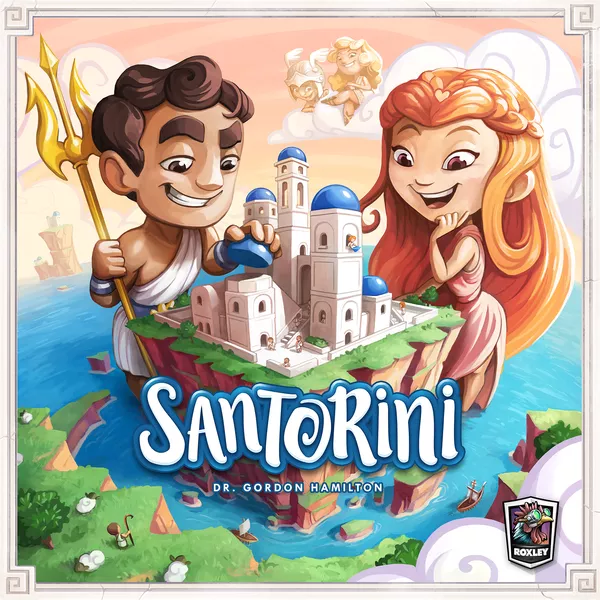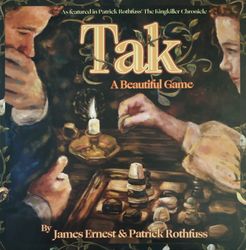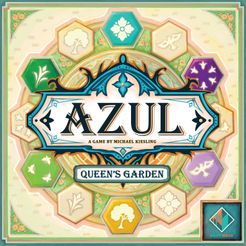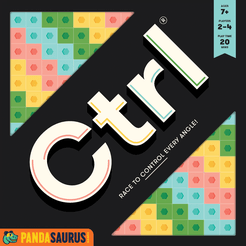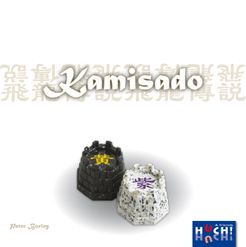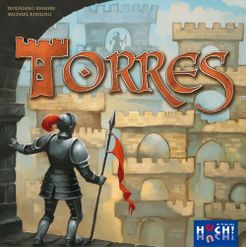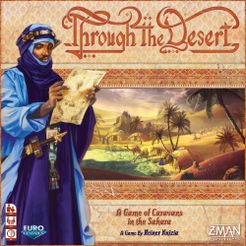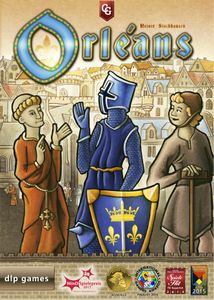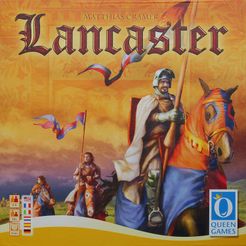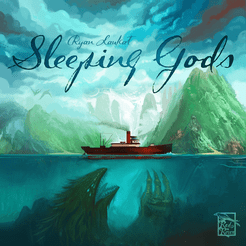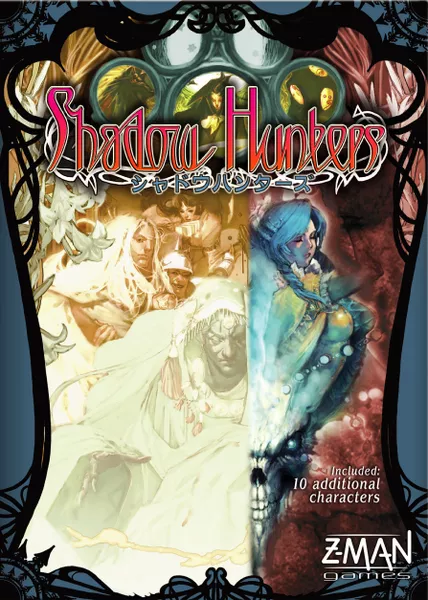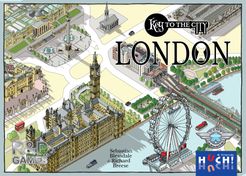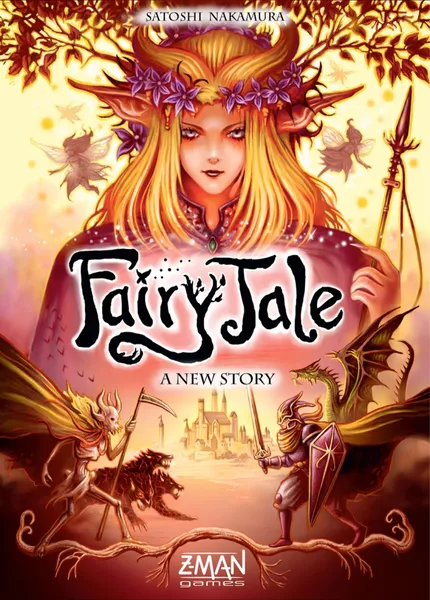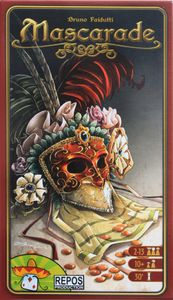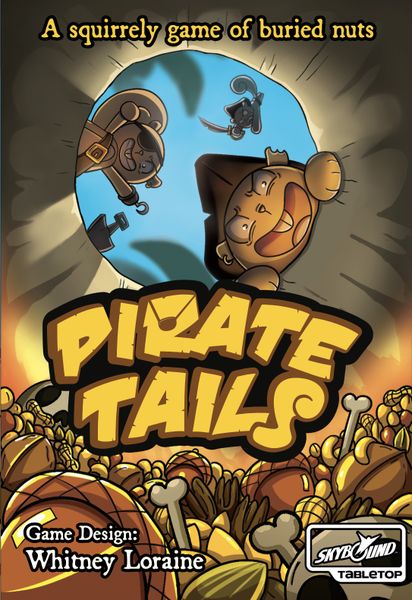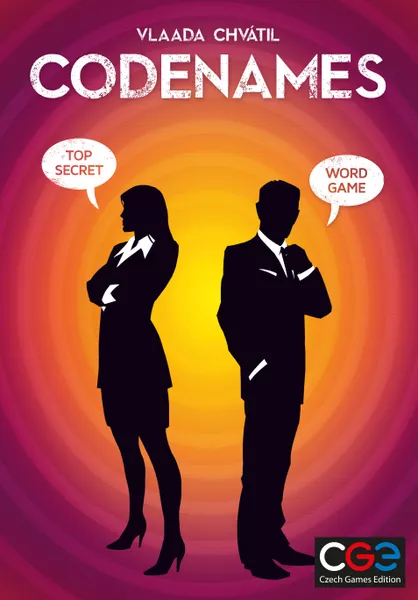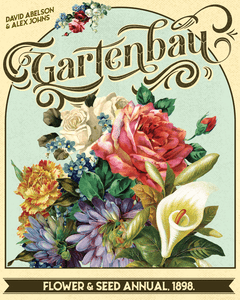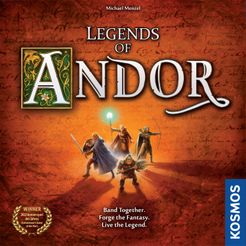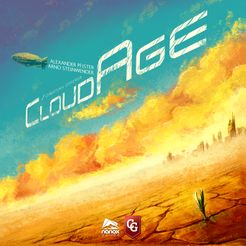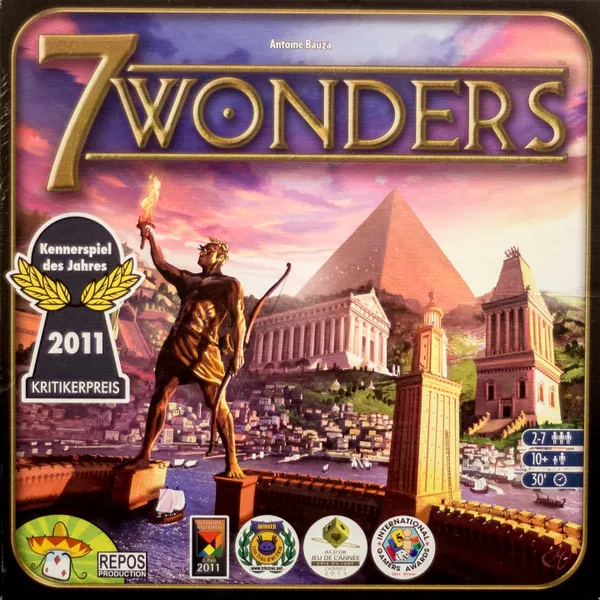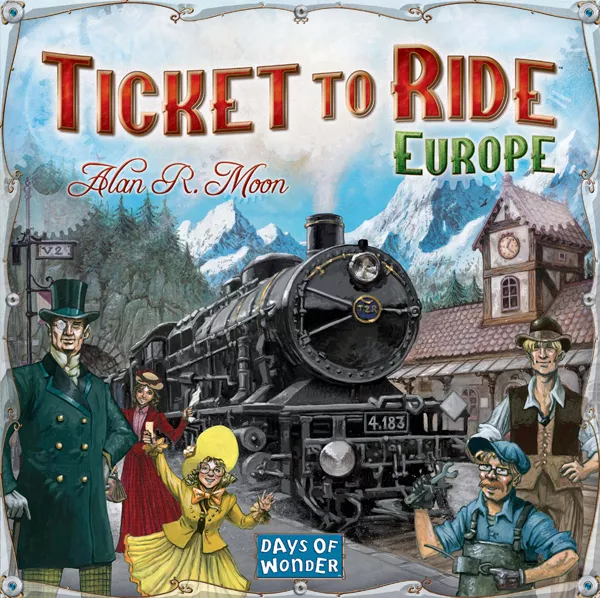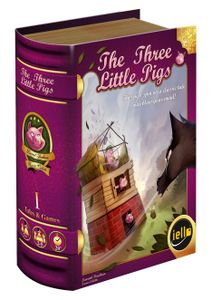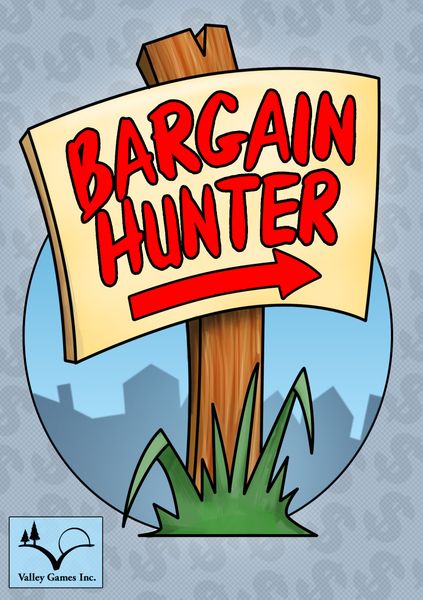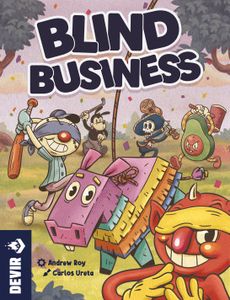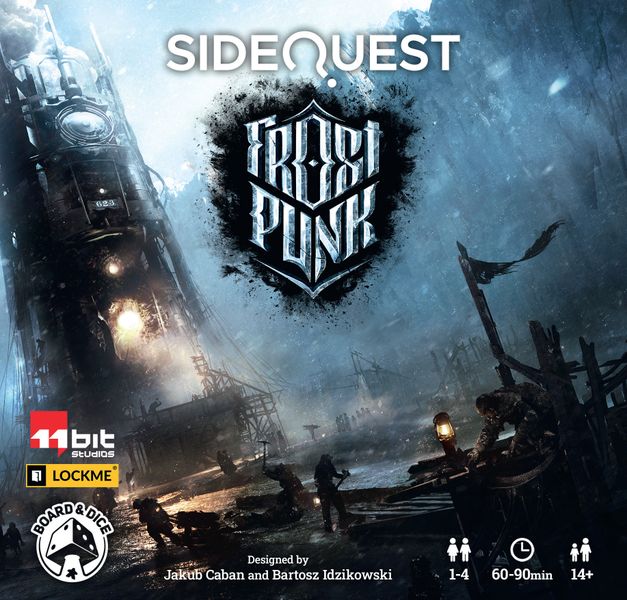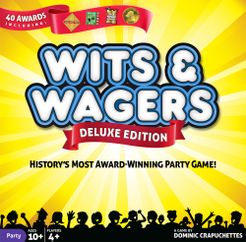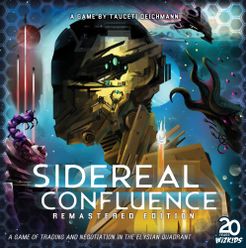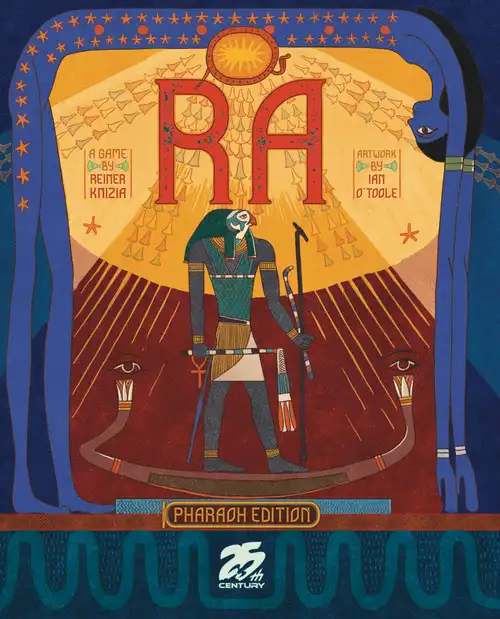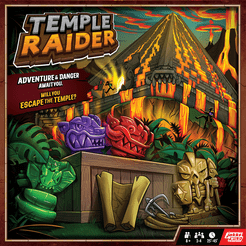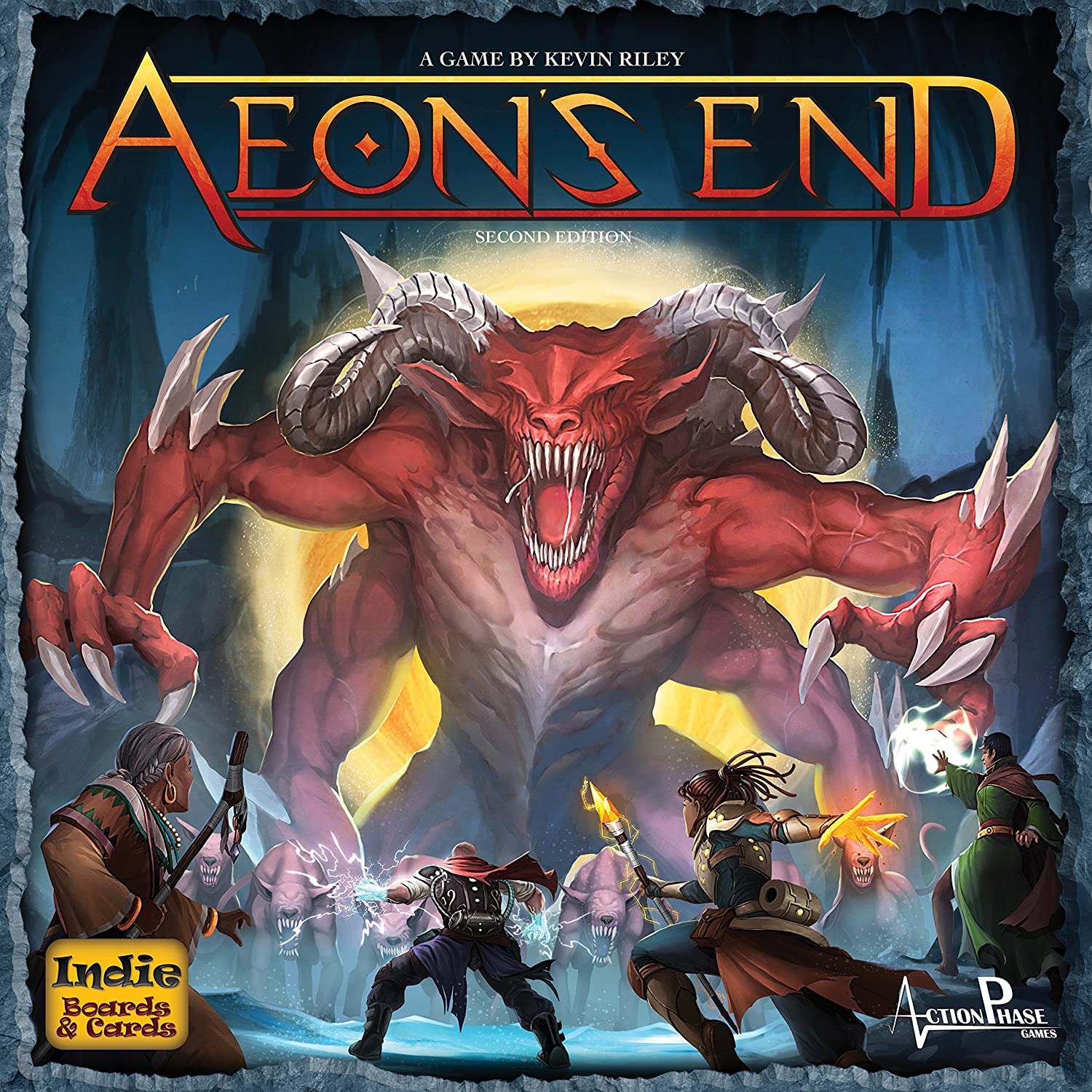Asalto (1803)
Asymmetric strategy game representing the siedge of a fortress.
Designer: (Uncredited)
Artist: Rolf Winkler
Publisher: (Public Domain), (Unknown), Across the Board, Damm / Egmont, Dearborn Industries, Dourios
- Overview
- How to Play
- Videos
- Play Now
- Ratings & Comments
This game evolved from (or alongside) Fox & Geese and seems to have appeared first in Germany at least as early as 1803, where it has been known as Belagerungsspiel (Siege Game) or Festungsspiel (Fortress Game.) In English speaking countries it was published as Siege, or German Tactics. In France it was published in 1855 as Assault. In Italy it is called Assalto, Assalto al Fortino, Assedio di Sebastopoli, and Citadel. Since it is played on essentially a Fox & Geese board with additional markings and pieces, it was often included in a set with rules for Fox & Geese and Solitaire. The markings outline one nine-point side of the cross as a distinct fortress or castle, typically in a different color from the rest of the board's points. Also, the horizontal lines of the board are in a different color than the rest, but for the few closest to the fortress. This is to indicate where the attacker may not move; in some editions these markings are absent and instead simply described by the player's rules of movement.
The defending player has two pieces in the fortress, either on specific starting points or anywhere the player chooses, depending on the included rules. The other player has twenty-four pieces, one on each of the board's remaining points. The goal for the attacking player is to occupy all nine of the fortress points with one of his pieces. The goal for the defending player is to reduce the attacker to eight pieces, thereby preventing occupation of the fortress.
Attackers may move along the vertical or diagonal lines towards the fortress only, except on the few marked horizontal lines near the fortress. They may not jump or capture any pieces. The defenders may move in any direction along any line, and may capture (remove from the board) an attacker's piece by jumping over it to a vacant opposite point.
Siege evolved further into a larger edition with a sixty-seven point board, seventeen points for the fortress (and three defending pieces) and fifty points for the attackers. Sometimes published in Germany and continental Europe as Neues Belagerungsspiel (New Siege Game) or Grosses Festungs-Spiel (Big Fortress Game,) it was known in English-speaking countries as The Royal Garrison Game and has been published under many other names since then.
Examples of books or game compilations containing Asalto,
e.g :
'The Boardgame Book
'The Book of Classic Board Games
or
'Medito
Where to Buy Asalto (1803)
*We could earn commissions when you purchase through these links.



